
Crosssection of a CrossFlow turbine. Water that enters the nozzle is
Cross-flow turbines are classified into a set of impulse turbines. The most important reason for such a classification is that these turbines operate in the air and do not submerse like reaction turbines. The set operates at atmospheric pressure. They are suitable for a wide range of heads and powers.

Pico Cross Flow Turbine running on a test bench2Silverboat
A Crossflow turbine is a device used to generate power from hydro, which is a renewable source of energy. The salient feature of this turbine is its simplicity in construction. In the past few decades, variables such as flow diverter, air holes, bidirectional flow were introduced in the turbine design to improve its efficiency.This paper presents a comprehensive review of the performance of.
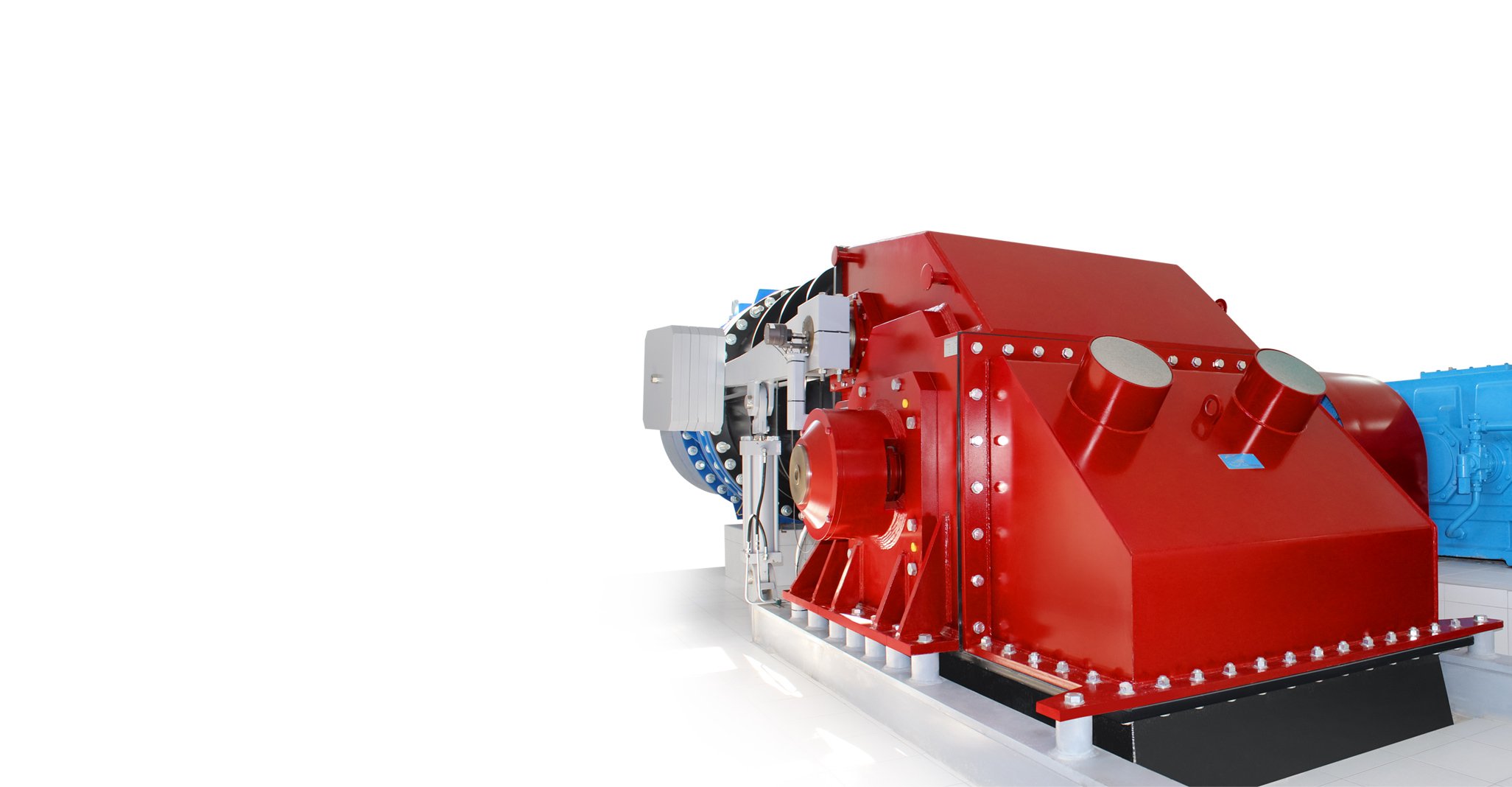
Crossflow turbines CINK Hydro Energy k.s.
Crossflow turbines Head range 3 - 200m Flow range 0,03 - 17m 3 /s Output range 10kW - 10MW Designed according to a turbine technology from 1903 and developed for the needs of modern power plants.

SIAPRO Crossflow turbines design and production
A cross-flow turbine, Bánki-Michell turbine, or Ossberger turbine is a water turbine developed by the Australian Anthony Michell, the Hungarian Donát Bánki a.
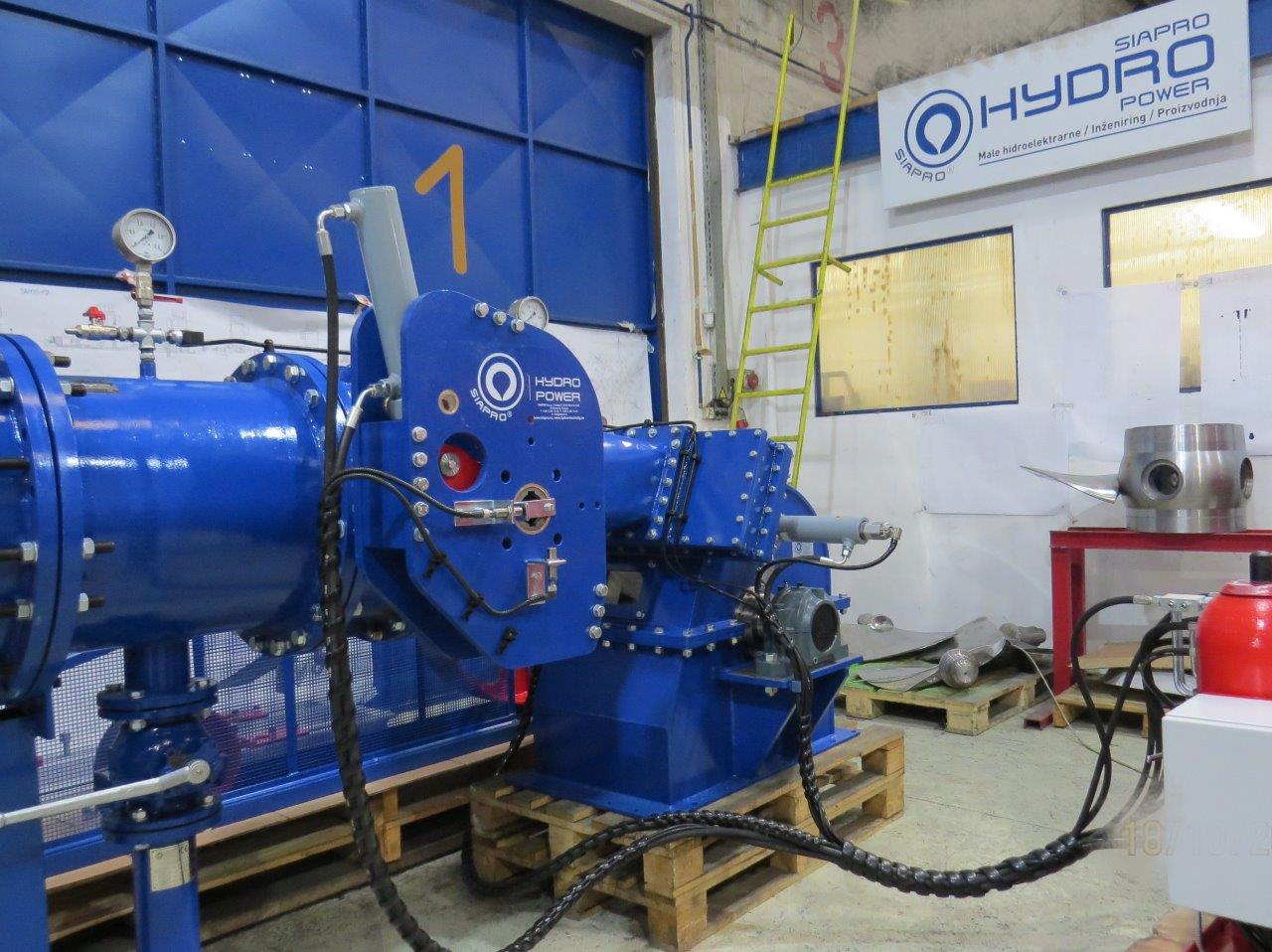
SIAPRO Crossflow turbines design and production
A cross-flow turbine is a type of turbine that is suitable for low head high flow applications. This is probably a more frequent application than the high head low flow application for which a Pelton turbine is designed.

SIAPRO Crossflow turbines design and production
A Crossflow Turbine, also known as an Ossberger or Banki-Michell turbine, is a type of turbine that works by transforming water energy into mechanical energy. It is an impulse turbine, which means that its blades are planned to extract the kinetic energy of the water and transform it into mechanical energy (i.e., rotational energy).
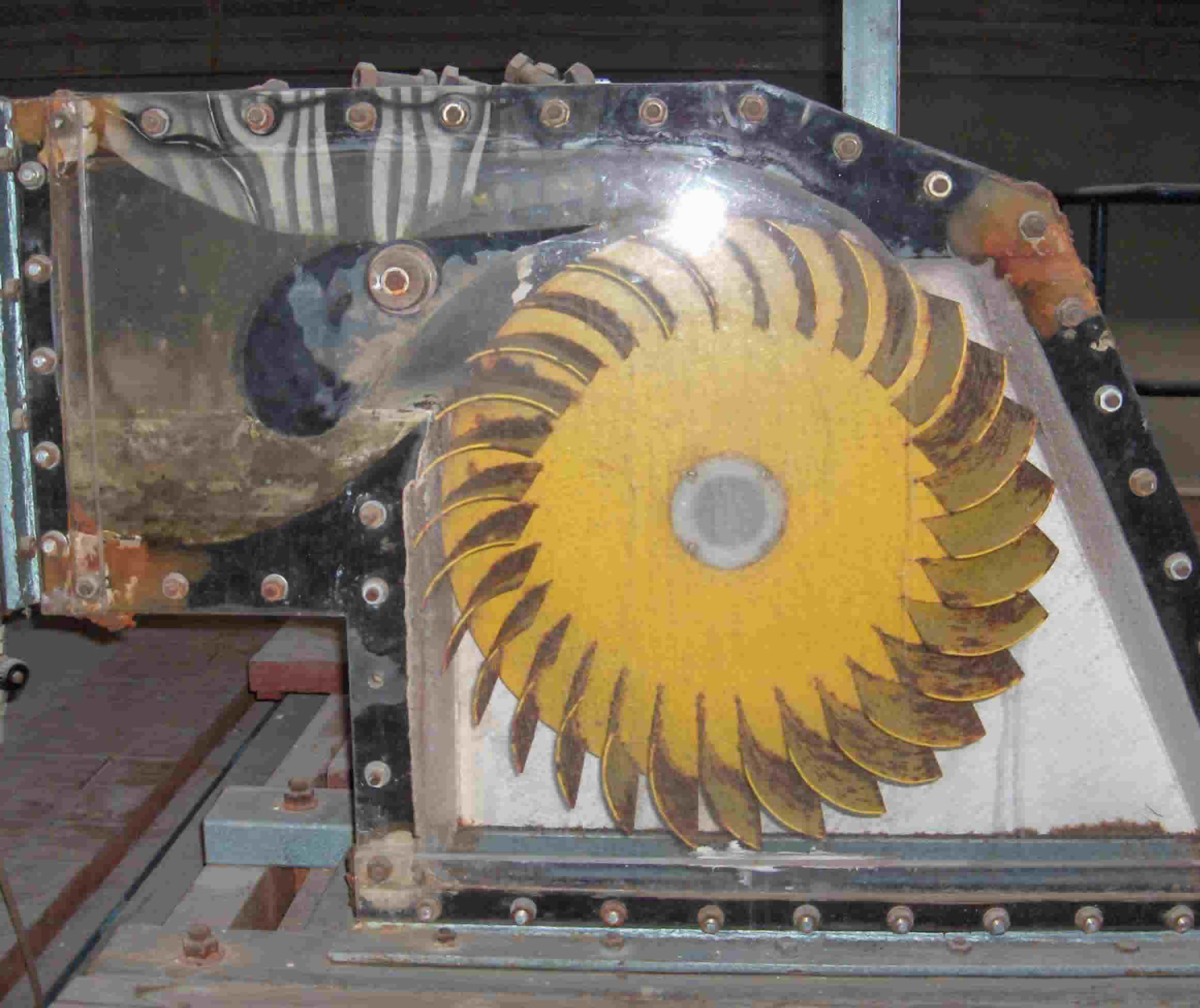
instrumentation
A Crossflow turbine is a device used to generate power from hydro, which is a renewable source of energy. The salient feature of this turbine is its simplicity in construction. In the past few.
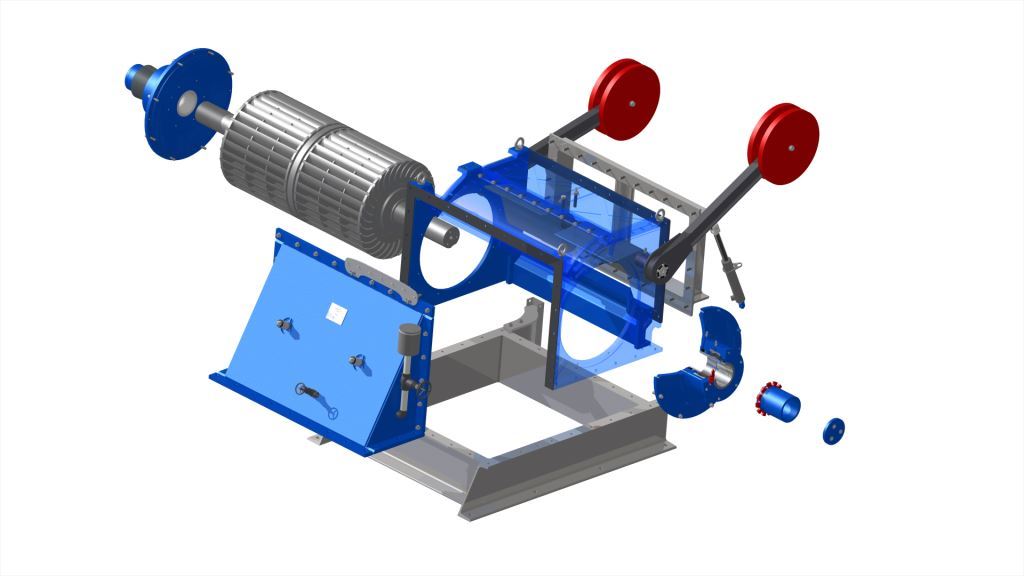
The CrossFlow principle JLA HYDRO
A cross-flow turbine, Bánki-Michell turbine, or Ossberger turbine [1] is a water turbine developed by the Australian Anthony Michell, the Hungarian Donát Bánki and the German Fritz Ossberger. Michell obtained patents for his turbine design in 1903, and the manufacturing company Weymouth made it for many years.
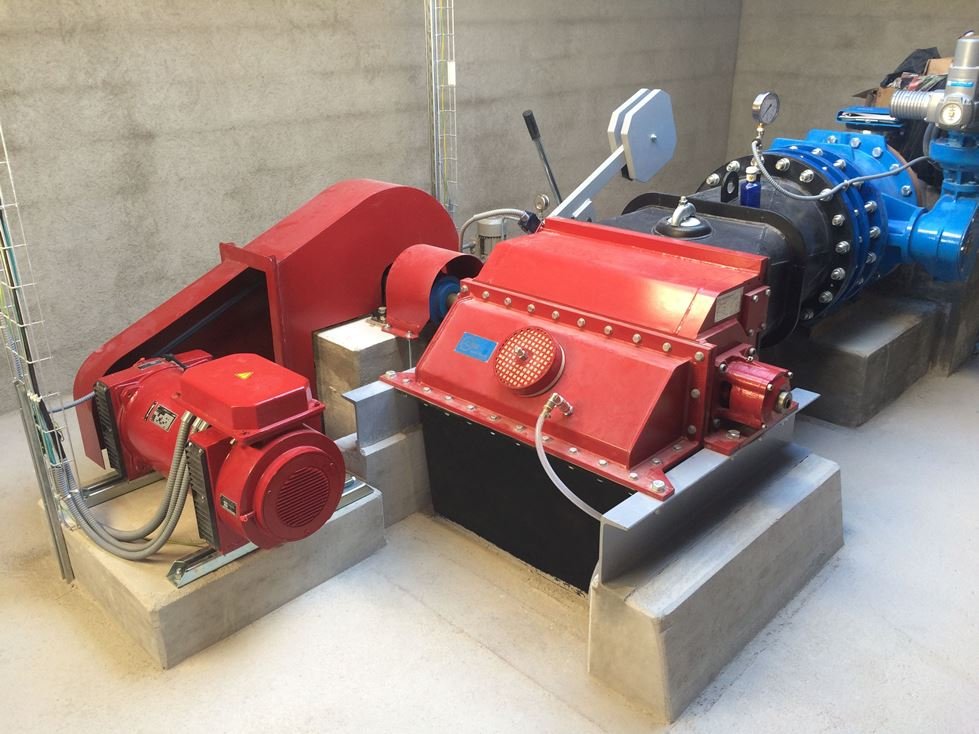
Crossflow turbines CINK Hydro Energy k.s.
A reaction turbine generates power from the combined forces of pressure and moving water. A runner is placed directly in the water stream, allowing water to flow over the blades rather than striking each individually.
Turbines HEECO
A Crossflow turbine is a device used to generate power from hydro, which is a renewable source of energy. The salient feature of this turbine is its simplicity in construction. In the past few decades, variables such as flow diverter, air holes, bidirectional flow were introduced in the turbine design to improve its efficiency.

Mild Steel Cross Flow Turbine, For Industrial at Rs 550000/unit in
Cross Flow Turbines (CFT) are also referred to as vertical-axis, H-rotors or Darrieus type turbines, however the term cross-flow turbine is preferred since the absolute turbine position is omitted and the relative flow-axis geometry is emphasised through this terminology. This type of turbine has had limited use within the onshore wind energy.

Pico Cross Flow Turbine running on a test bench1Silverboat
Cross Flow Turbine Water flows perpendicular to the device's axis of rotation. Cross flow turbines, also known as vertical-axis turbines, capture kinetic energy of moving water with spinning blades oriented perpendicular to the direction of flow. They can be mounted in either vertical or horizontal orientations.

CrossFlow Turbine Geppert The Art of Engineering
Crossflow turbines are impulse turbines, which means (amongst other things) that the rotor is spinning air and is not fully-flooded like in a reaction (e.g. Kaplan) turbine. The water exits the rotor and falls into the draft tube, which can be many metres long (though not normally more than 1/3 of the total net head across the system).

Turbine MichellBanki / cross flow turbine YouTube
Crossflow turbines, sometimes known as Banki-Mitchell or Ossberger turbines (depending on the country) are a type of hydro turbine (specifically an impulse turbine) that tends to be used in smaller hydroelectric sites with power outputs between 5-100 kW.

SIAPRO Crossflow turbines design and production
The study deals with the design and analyses of fundamental parameters based on optimization conditions of crossflow turbine (CFT) critical parts—the runner, nozzle, shaft, transmission belt, and pulley.

Cross Flow Turbine 2x200kW Thailand by Renerconsys YouTube
The patented OSSBERGER ® Crossflow Turbine operates at heads from 2.5 up to 200 meters. We have developed this turbine type especially for small hydropower. Currently, it is available with outputs of up to 6 megawatts. Even at very low water flows it reliably supplies energy and copes excellently with fluctuating water volumes.